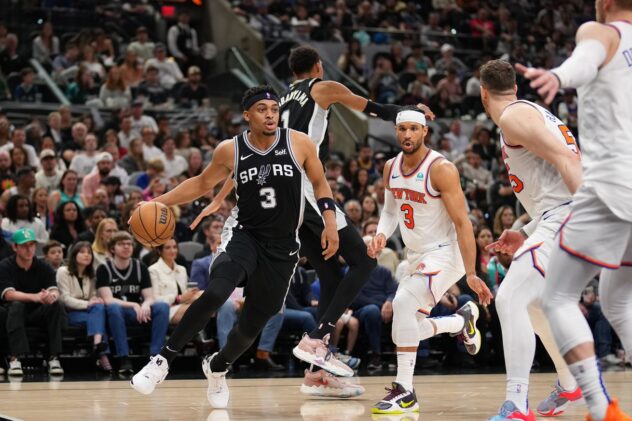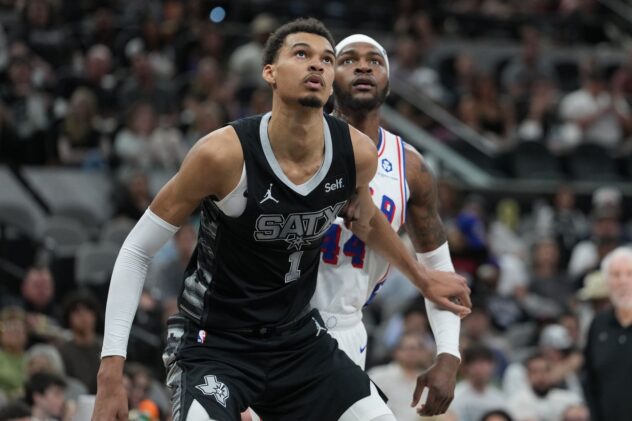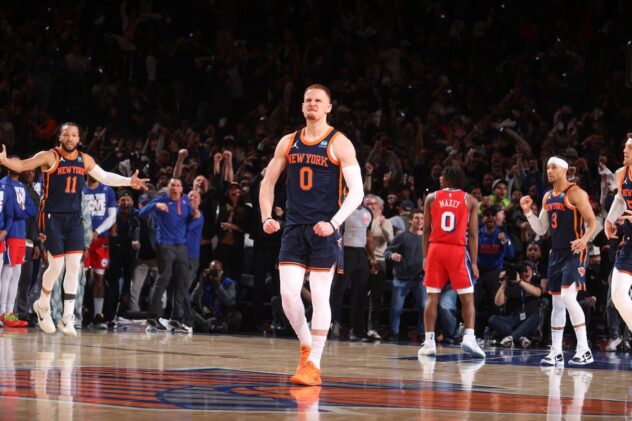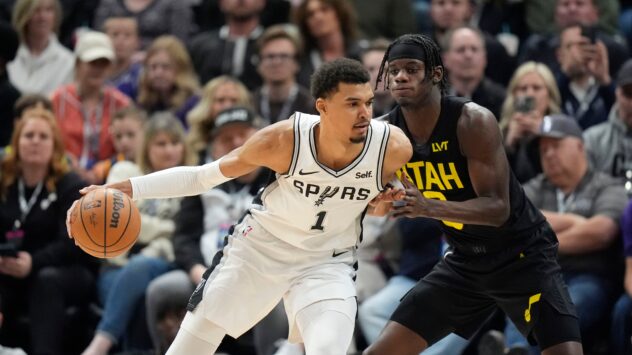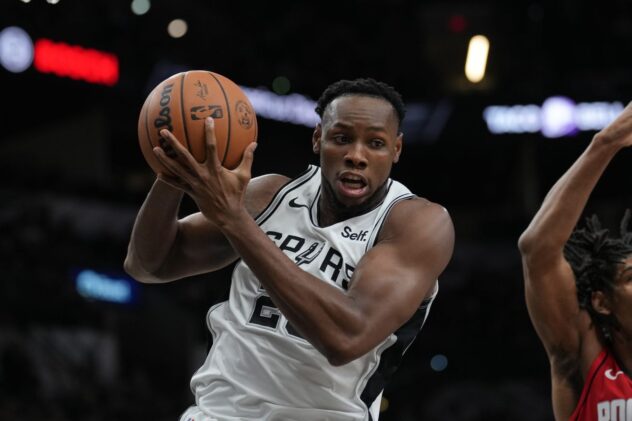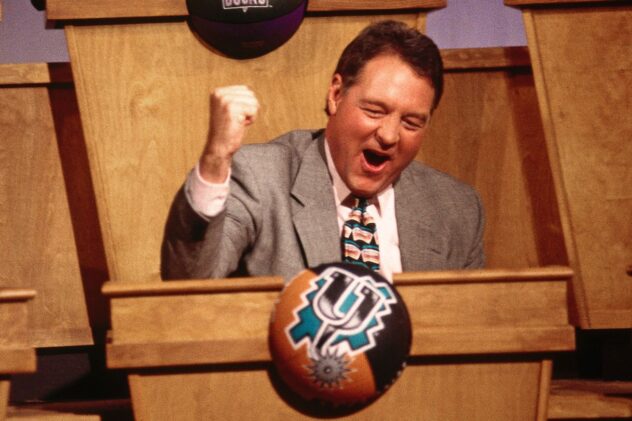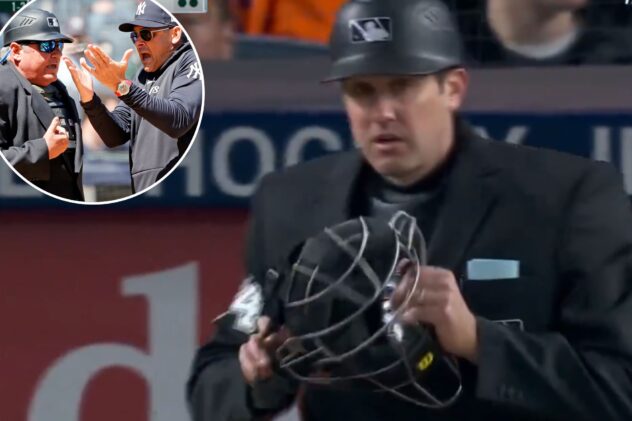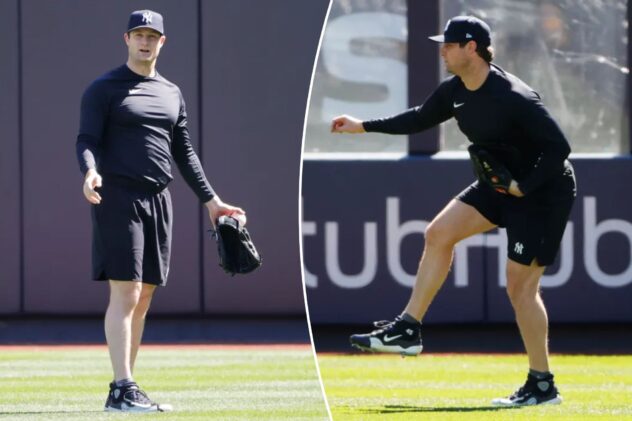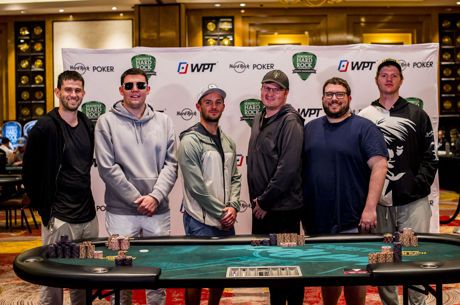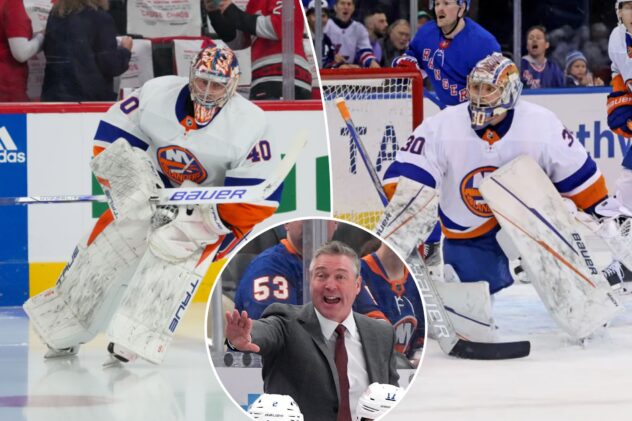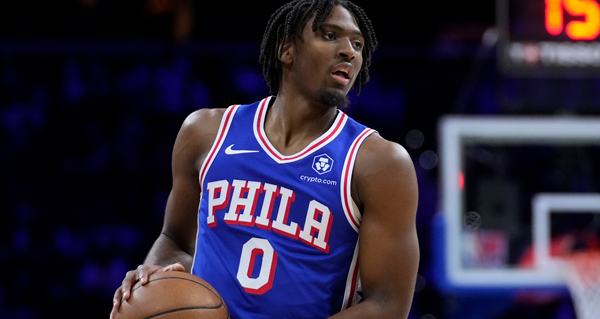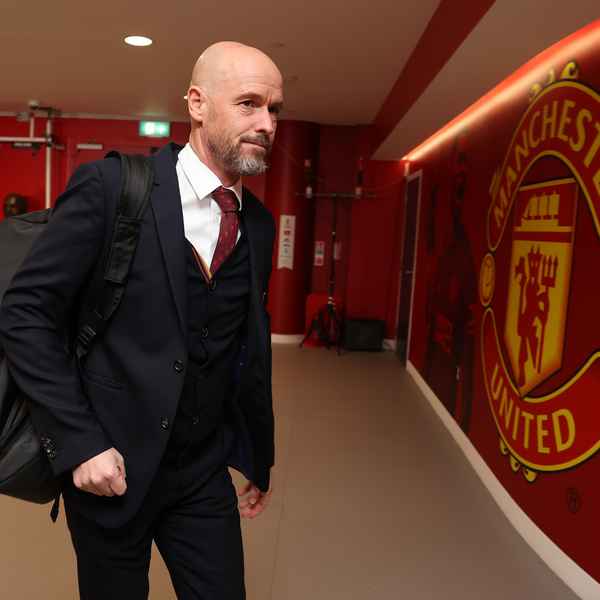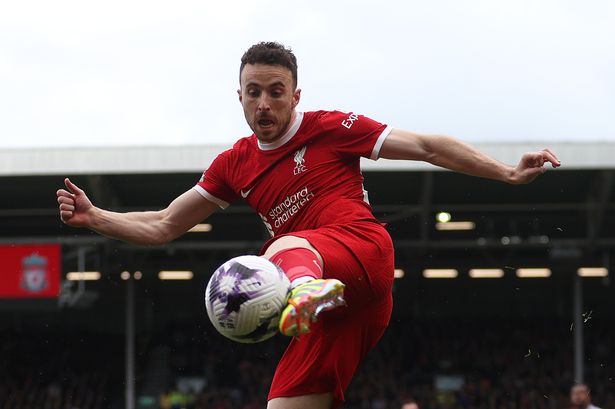What Lonnie Walker needs to work on to reach his full potential
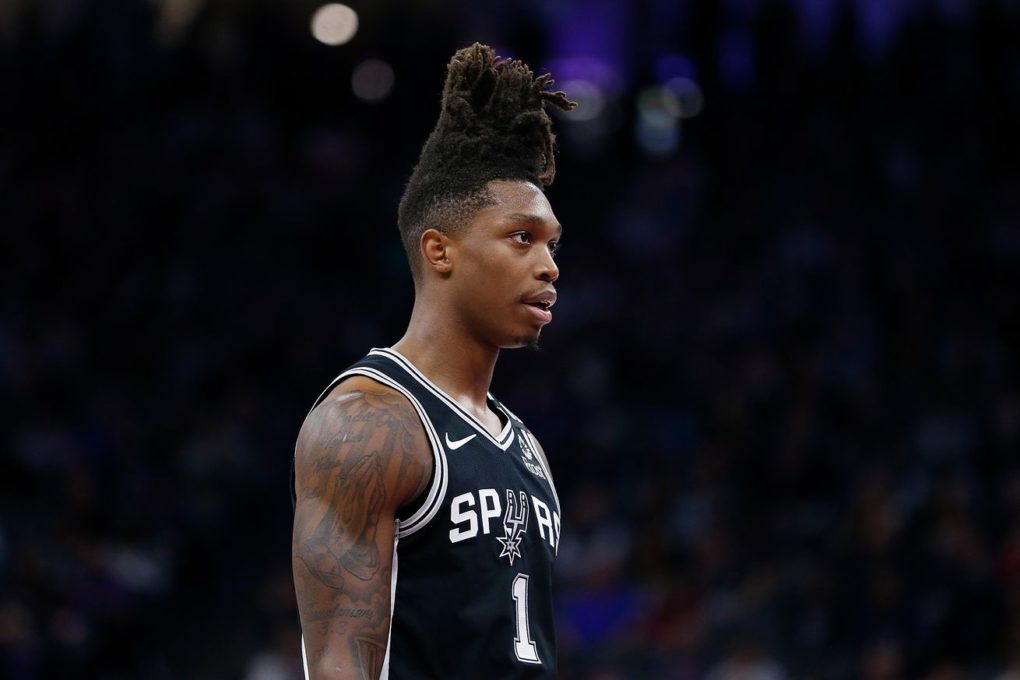
Photo by Lachlan Cunningham/Getty Images
Walker looked intermittently great and flawed in his sophomore season, but his potential remains gigantic.
One of the most interesting story lines to follow this season for Spurs fans was the development of Lonnie Walker IV. After spending his rookie year almost exclusively in Austin and starting his second year behind Marco Belinelli in the depth chart, Walker eventually earned a rotation spot while showing flashes of tremendous potential.
There was a lot of good to marvel at, but like with any young player there were also some moments in which Lonnie’s lack of polish and experience were evident. Let’s take a look at how Walker performed and try to figure out where he has to improve to reach his ceiling.
Athleticism is largely what made Lonnie such an intriguing prospect, and it has been on full display many times in his short NBA career. Yet for someone with his explosiveness, airtime and slashing ability, he’s not a good finisher. Walker has shot 55.6 percent at the rim and 53.3 percent within five feet of the bucket, numbers that put him among the worst at converting close to the basket among players with a similar volume of attempts. His field goal percentage on drives is 37 percent, one of the worst on the team. Walker sometimes gets all the way to the rim only to miss a dunk or a layup because he gets out of control or tries to get too fancy. His over reliance on his right hand even in situations in which he should finish with his left also forces him into awkward shots.
Other players can get away with shooting a low percentage on drives, because they either get to the line a lot or use their dribble penetration to set up others. Walker so far hasn’t showed the ability to do either consistently. In general, he doesn’t draw enough fouls, logging a meager 2.5 free throws per 36 minutes. To give you an idea, Patty Mills draws more. Too often in the half court he settles for mid-range jumpers, floaters out of ball screens, or switches that have no shot of going in. With improved ball handling and better spacing, he could probably get all the way to the rim more, which should help him get more freebies, but right now he’s just not aggressive enough.
More concerning is his lack of assists. Walker has logged 46 total dimes this season, by far the lowest out of any rotation players. Even Marco Belinelli, a catch-and-shoot specialist, has done better in that area, logging 18 more in just 12 more total minutes of playing time. It’s not like his teammates are missing good looks he sets up for them either, since he’s only logged 80 potential assists. To give you an idea of how bad Walker has been at accruing assists, the two players who come closer to matching his usage and assist percentage are Davis Bertans and Enes Kanter. For a player that will likely use a lot of possessions, Walker is worryingly bad at setting up others at this point.
Fortunately, he is also just 21 years old and incredibly inexperienced, so his weaknesses can be if not outright dismissed, then at least downplayed. In his second season with the Spurs, Kawhi Leonard averaged 2.5 free throws per 36 minutes; he now averages almost eight. It took DeMar DeRozan four seasons before he crossed the three dimes per 36 minutes threshold but in the last three years he’s averaged six. There’s absolutely no guarantee that Walker will follow the extraordinary developmental path those other guys took, but their improvement serves as evidence that wings with good physical tools and the drive to improve — both of which Walker possesses — can eventually add those skills.
Walker also has some strengths right now that should continue to win him the playing time he needs to develop a better feel for the game, which is encouraging. His three-point shooting has been a pleasant surprise. After shooting under 35 percent from beyond the arc in college and 36 percent in G-League play, Lonnie is averaging 40 percent in his sophomore NBA season. His volume is too low to be bullish about his potential as a marksman, but as a slasher he won’t have to depend completely on his outside shot, so even a small decline in percentage as his number of attempts rises would be acceptable.
Defensively, he also has potential and makes enough of an impact to continue to get minutes. Walker is prone to lapses in judgement on that end, which often get him yelled at by Gregg Popovich, but he’s also showed the ability to use his athleticism to potentially be a disruptive force. Despite playing for the notoriously risk-averse Spurs, Lonnie has posted solid steal and block percentages for his position. He’s also shown a willingness to get physical with his assignment. Sometimes that physicality results in avoidable fouls, but with experience he should be able to strike the right balance.
Since Walker right now can hit threes at a decent clip as long as he’s open and can defend well enough when he’s engaged to be at the very least a neutral presence, his skill set seems well suited for a 3-and-D role. Yet for Walker to become the best version of himself, he’ll need more freedom and touches than a typical role player.
If athleticism was one of the major reasons why Lonnie was such an intriguing prospect, his potential as a go-to scorer was the other. Walker emerged as a gifted shot-creator in his lone season in college, and we’ve seen glimpses of his ability to get hot in a hurry a few times as an NBA player. The best example is clearly the Rockets game in which he scored 28 points, mostly in the fourth quarter.
The other side of that coin is his passivity when he doesn’t get touches. Lonnie doesn’t seem to have a role player’s mentality, so his energy level seems to go down when he’s not getting involved in the half court or running the break. On a team with no playoff hopes, Walker would have had more freedom, but so far he’s too low on the pecking order of ball handlers for the Spurs and lacks the trust of the coach. Hopefully that’ll change next season.
Overall, Walker has showed a lot of potential in his sophomore season. His inconsistency and occasional poor decision-making can be attributed to a lack of experience and the skills he needs to work on, namely ball-handling and shooting, are not typically hard to improve for prospects who have a good work ethic.
Walker clearly has the tools to have a long NBA career. That much he’s proved so far. What type of player he will become, however, remains unknown at this point. If he works on his weaknesses and gains Gregg Popovich’s trust, he could potentially become a Donovan Mitchell-style offensive fulcrum. If he remains erratic and reliant on his physical tools, he might top out as a J.R. Smith-style role player.
Either way, it will be exciting to track his development.
What Lonnie Walker needs to work on to reach his full potential
What Lonnie Walker needs to work on to reach his full potential

